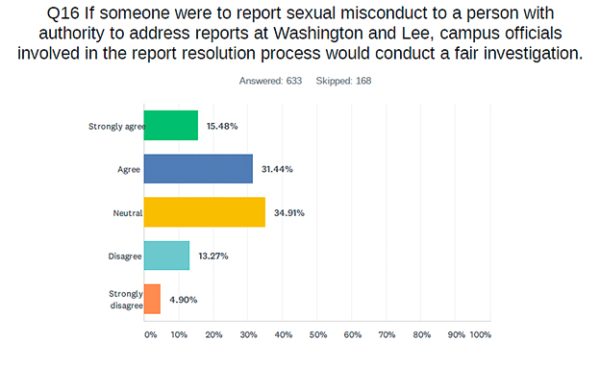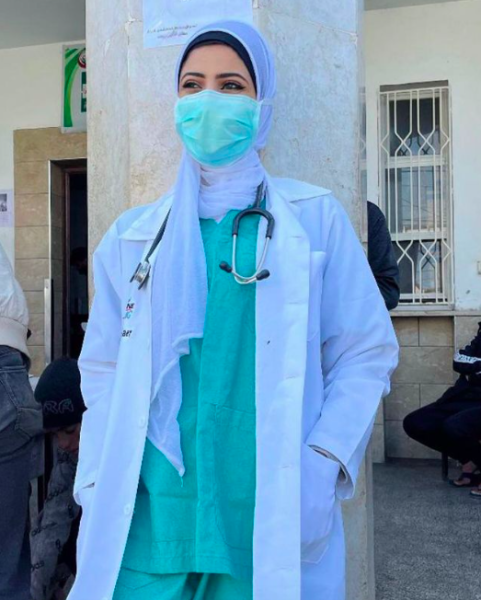International students face difficulties returning to campus amid Omicron
Positive COVID-19 tests left some students stuck abroad, facing technology and timing issues as classes began
February 1, 2022
Washington and Lee University student Vivek Kumar, ’23, was en route to the Indira Gandhi International Airport in Delhi, India on Jan. 12 when he got the message: he had tested positive for COVID-19. He would have to quarantine in the city for the foreseeable future.
In the next five days, Kumar rescheduled his flight, transitioned to online learning and enrolled in new classes that had online options to avoid taking a temporary leave of absence – all while recovering from COVID-19.
“I needed to enroll in a new course by the time drop-add ended, which was in 2 days, and I needed 12 credits to be enrolled as a full-time student,” Kumar said. “That was a really stressful situation for me, because I didn’t want to take a leave of absence, and I wanted to graduate on time.”
But Kumar’s situation is not unique. As the university faced a surge in cases, and students returned for the new term, multiple international students faced struggles coming back to campus after testing positive for COVID-19.
Along with adapting to virtual learning, navigating international travel involves a lot of moving parts such as time zone differences, technology access and acquiring transportation back to campus.
“Unfortunately, during a pandemic, international travel is going to be one of the last things to go back to normal, and it definitely has a big impact on international students,” said international student adviser Hunter Swanson. “It creates a lot of stress. They may be feeling sick, and they have to stay on top of the beginning of the term from another country.”
After driving for six hours from her hometown to reach the Delhi Airport, Archita Aggarwal, ’25, faced similar struggles to Kumar when a positive COVID-19 test forced her to make a U-turn and head back home.
“My professors were really accommodating, but it was definitely hard,” Aggarwal said. “When you only have class recordings, you’re not participating in classes and you miss out on contributing.”
Despite the challenges, Kumar received considerable support from Swanson, Director of International Education Mark Rush, and the student body at large.
“[Swanson] helped me a lot and told me how to get a short term medical adjustment to excuse my absences,” Kumar said. “I also seeked help from students in GroupMe and they were very helpful.”
During isolation, classes at 10 and 11 p.m., or zooming with professors at night and watching recordings the next day, became the new normal.
“Some of my classes were online, but because of the time zone difference, I couldn’t make it to one of them because it was at 1 a.m.,” Aggarwal said. “It was hard to keep up with assignments because I didn’t have access to Canvas either.”
Canvas and other university-supported sites use Duo Security, a two-factor authentication service, which isn’t always accessible internationally.
Technology issues like this only made keeping up with virtual classes harder, especially with the added time difference issues.
“I had to email IT for everything,” Kumar said. “With the time difference, they would get back to me in the morning, and I was missing the first days of classes, so I didn’t know where to find the readings or the books.”
Kumar says that the administration and professors were generally very understanding of the difficult situation, but there were some measures that could have made the experience less stressful.
“I wish there was a hybrid option for one or two weeks, and then they could have made [classes] in-person,” he said. “I wish some professors were more accommodating, but I don’t personally think they should be obliged to do so. It’s their class and it wasn’t their fault.”
According to Swanson, Washington and Lee’s support is better than he has witnessed at other institutions.
“I’ve worked at a couple other schools in the past, and some of the things we offer [here] are definitely more than what students would see in other schools, especially larger institutions,” Swanson said. “It is a little less bureaucratic here, we have a lot of resources, and we’re willing to help.”
International students who were stuck in quarantine, like Kumar and Aggarwal, now have to catch up with the workload and adjust from jet lag.
“Nobody wants to get Covid,” Swanson said. “Nobody wants to be stuck away from being here in person, but sometimes it’s unavoidable. These things happen.”
| First-year | FR | SO | JR | SR | Total Undergrad |
| 8.1% | 7.8% | 6.7% | 8.1% | 5.6% | 7.1% |
According to the university’s Enrollment Report for Fall 2021, 7.1% of undergraduate students are international students. This includes nonresidents, resident aliens, and dual citizens, according to the report. Data courtesy of the Washington and Lee Enrollment report.












